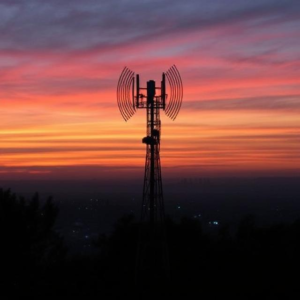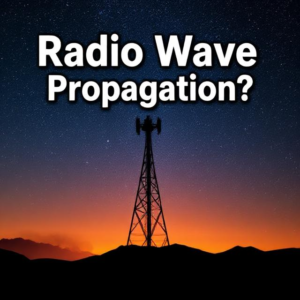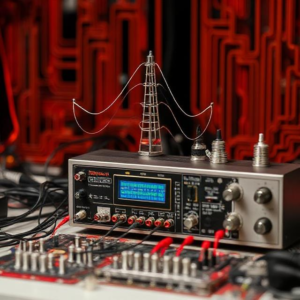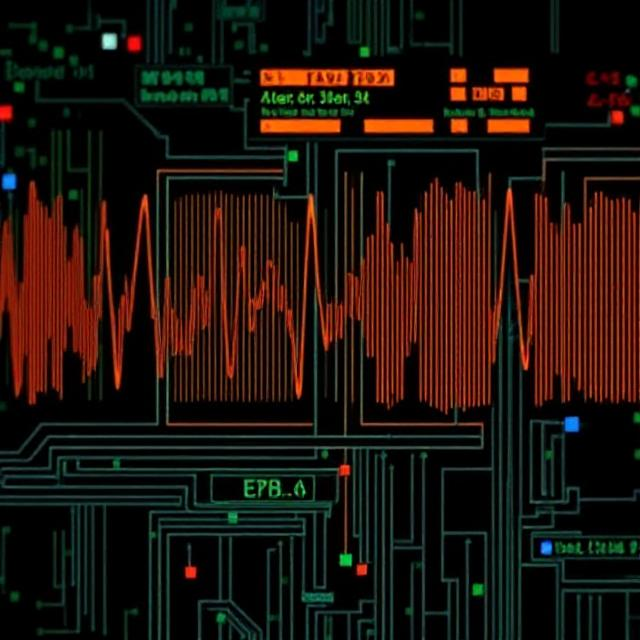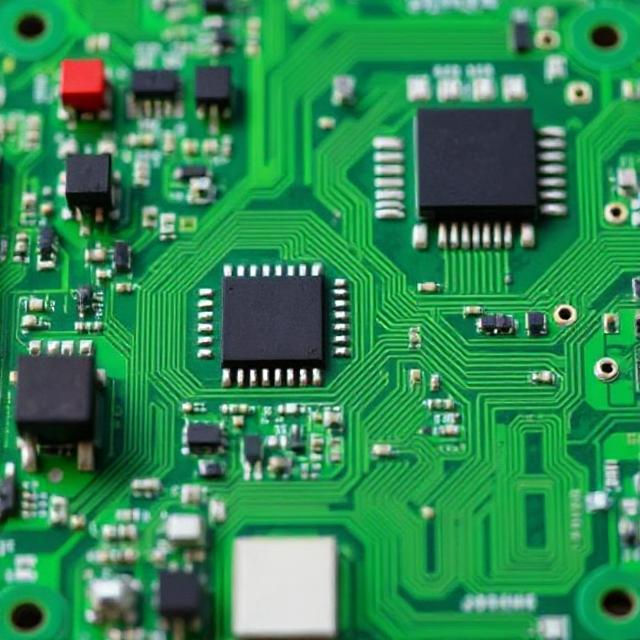Antennas are devices that allow communication by transmitting and receiving radio waves. They are used in everything from cell phones to satellites, enabling signals to travel wirelessly. Each type of antenna is designed to work best for certain uses depending on how they transmit and receive signals.
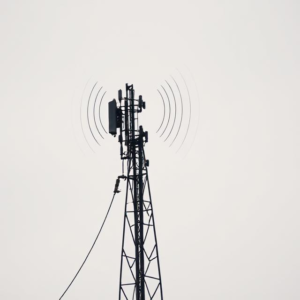
How Antennas Work:
Transmission: When you send a signal, like a radio broadcast or a phone call, the antenna converts electrical signals into radio waves. These waves travel through the air.
Reception: On the other side, the antenna receives the radio waves and converts them back into electrical signals that can be understood by a device, like your phone or a radio.
Types of Antennas:
- Dipole Antenna:
- Shape: Straight rod-like structure.
- How it works: It splits the signal into two parts, one on each side of the rod.
- Use: Common for basic radio and TV signals.
- Monopole Antenna:
- Shape: Similar to a dipole, but it only has one part of the rod, with the ground acting as the other half.
- How it works: Often mounted on a metal surface (ground) to reflect the signal.
- Use: Common in cell phones and vehicle radios.
- Yagi-Uda Antenna:
- Shape: Multiple elements aligned in one direction.
- How it works: It focuses on signals in one direction, making it very efficient for long-range communication.
- Use: Used in TV antennas and some satellite communications.
- Parabolic (Dish) Antenna:
- Shape: Dish-shaped reflector.
- How it works: It focuses radio waves to a single point using its curved shape.
- Use: Used in satellite communications and radar systems.
- Loop Antenna:
- Shape: A loop or circle of wire.
- How it works: It picks up signals based on the area inside the loop.
- Use: Used for low-frequency applications, like in AM radios.
- Patch Antenna:
- Shape: Flat, rectangular or circular shape.
- How it works: It radiates signals in a specific pattern.
- Use: Often found in GPS systems and modern wireless devices.
- Omni-Directional Antenna:
- Shape: Circular, like a doughnut.
- How it works: It sends and receives signals in all directions equally.
- Use: Common in Wi-Fi routers and mobile phones.
- Directional Antenna:
- Shape: Can be a dish or another specialized form.
- How it works: Focuses signals in one direction, improving range and signal strength.
- Use: Used in radar and satellite communications.
Summary:
- Dipole and Monopole are simple and common.
- Parabolic are good for long-distance communication.
- Loop and Patch are used for specific, often smaller-range, applications.
- Omni-Directional spreads signals everywhere, while Directional focuses signals in one spot.

